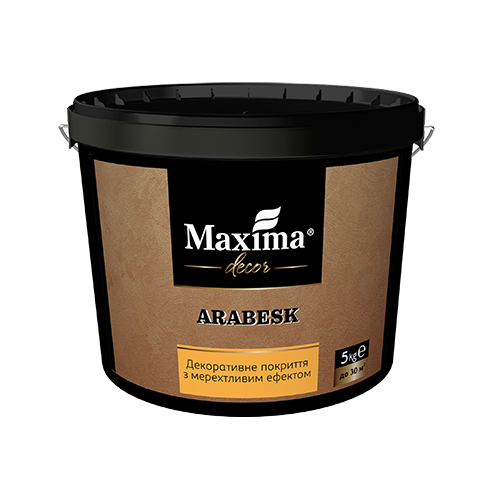Catalog of effects Arabesk Maxima decor Decorative coating with a sparkle effect

Arabesk base color

Beige 8ml/kg

Brown 3ml/kg
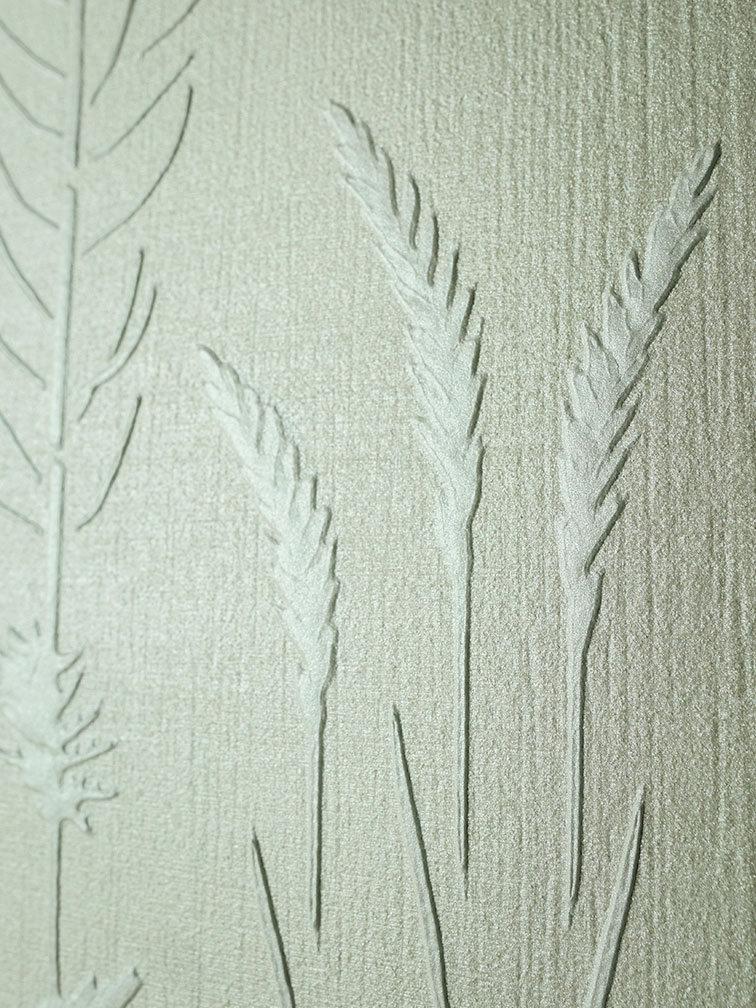
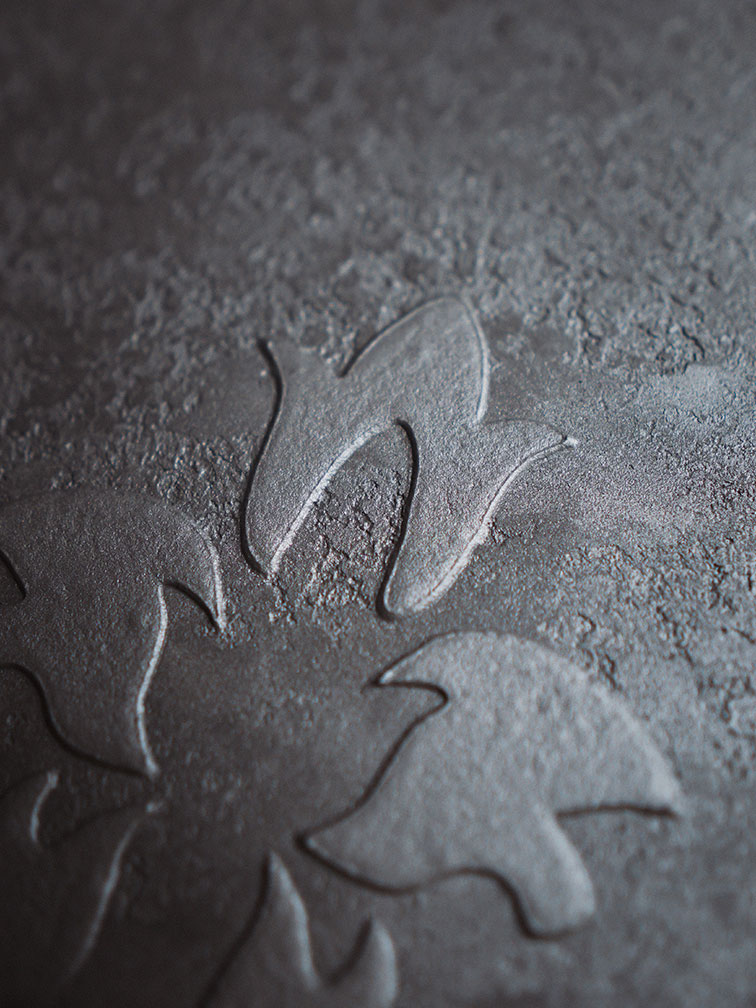
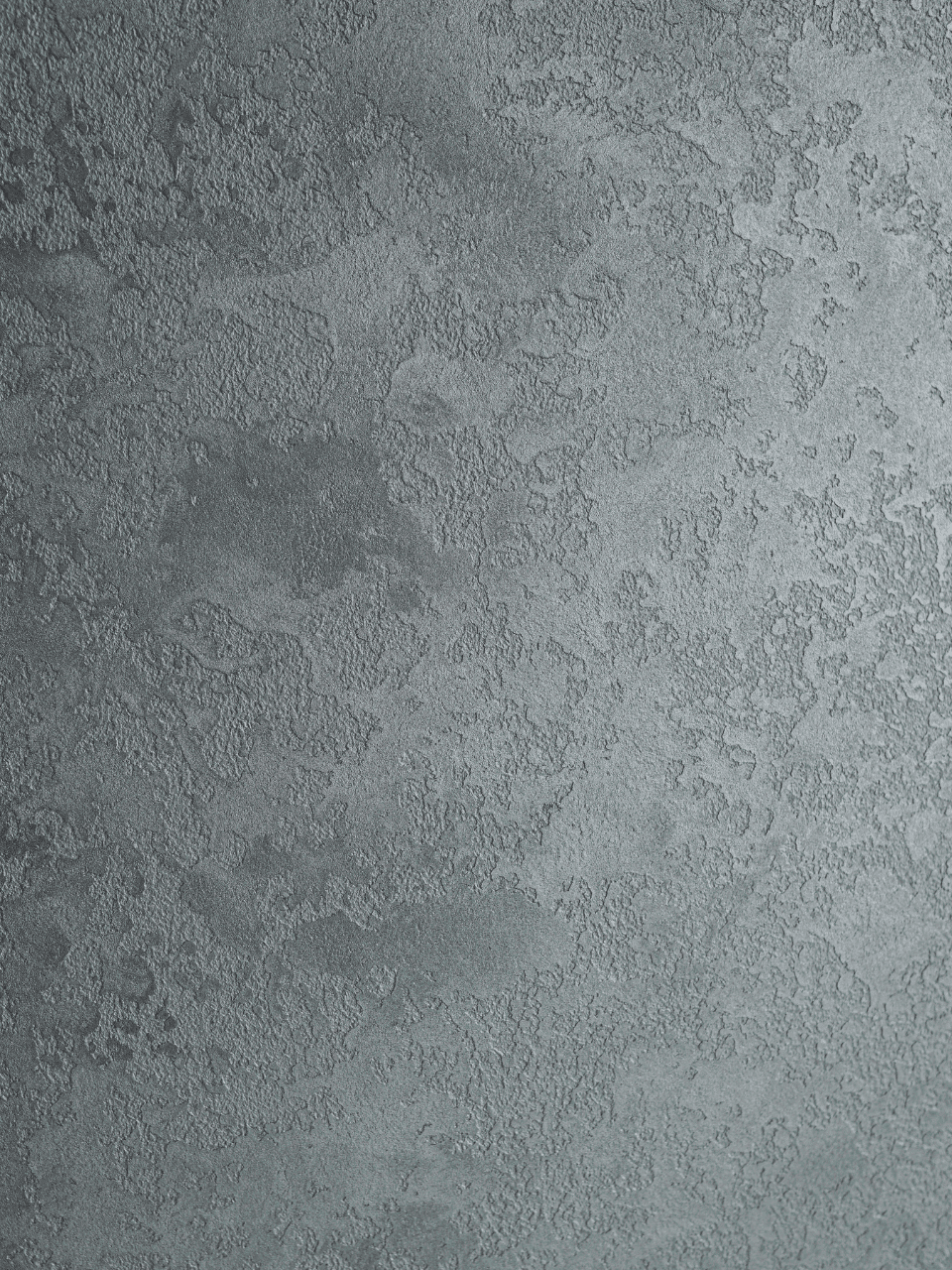
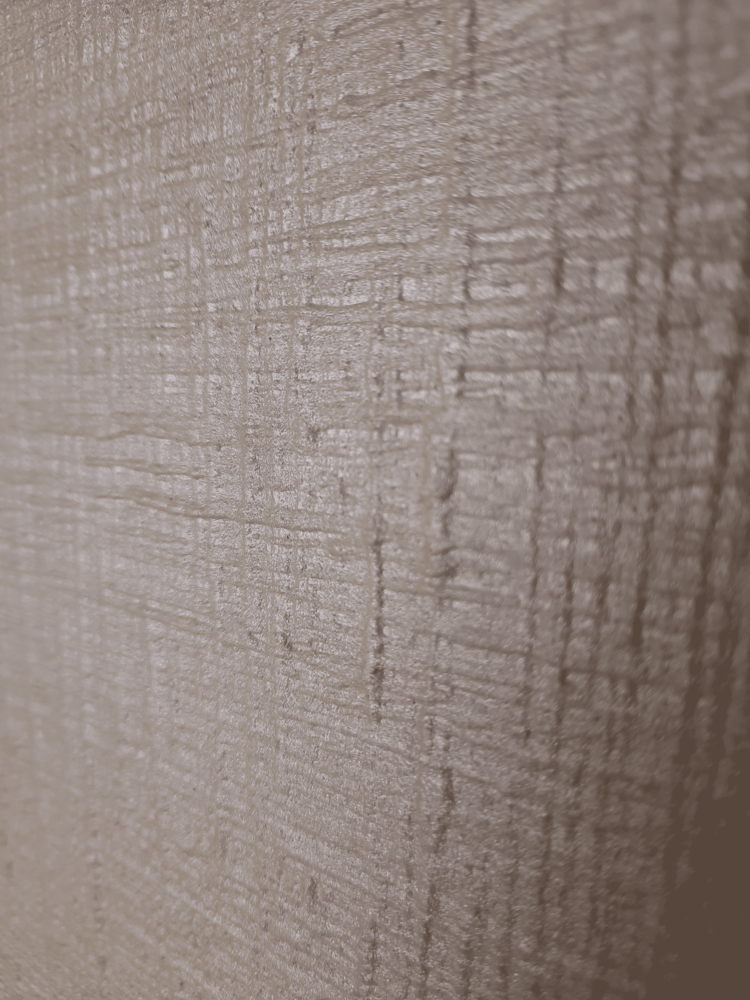
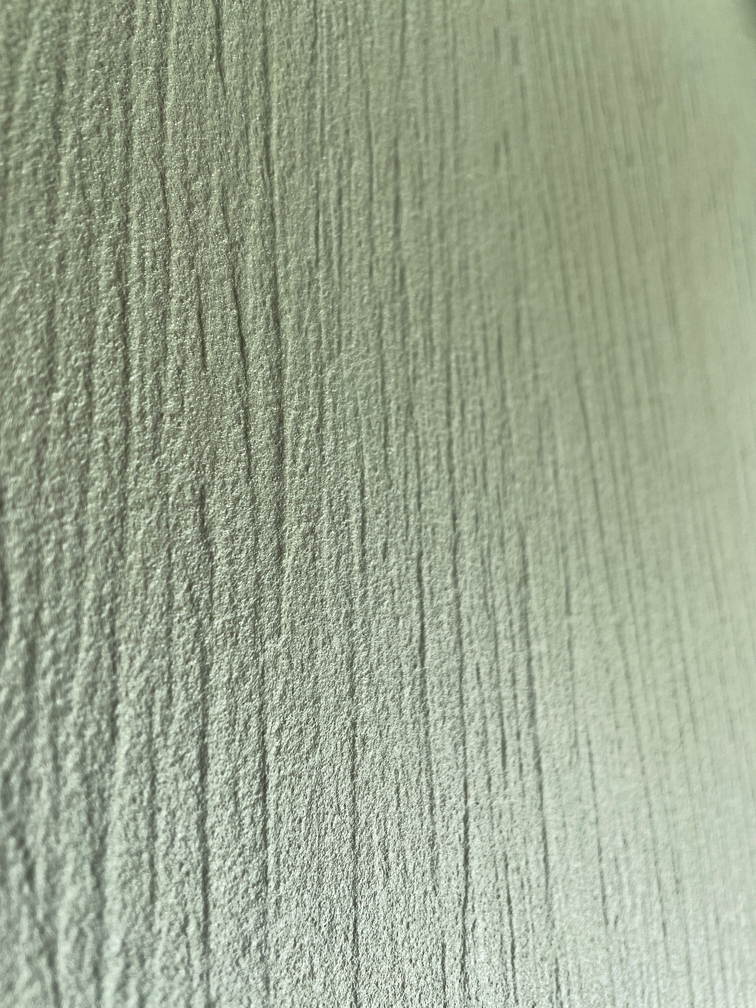
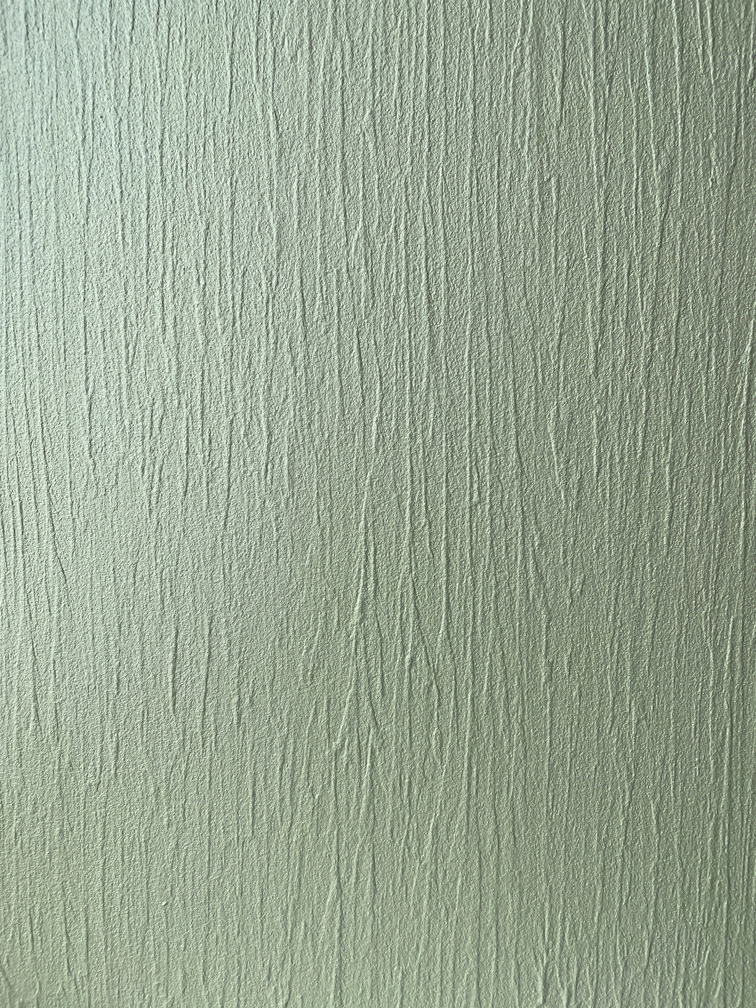
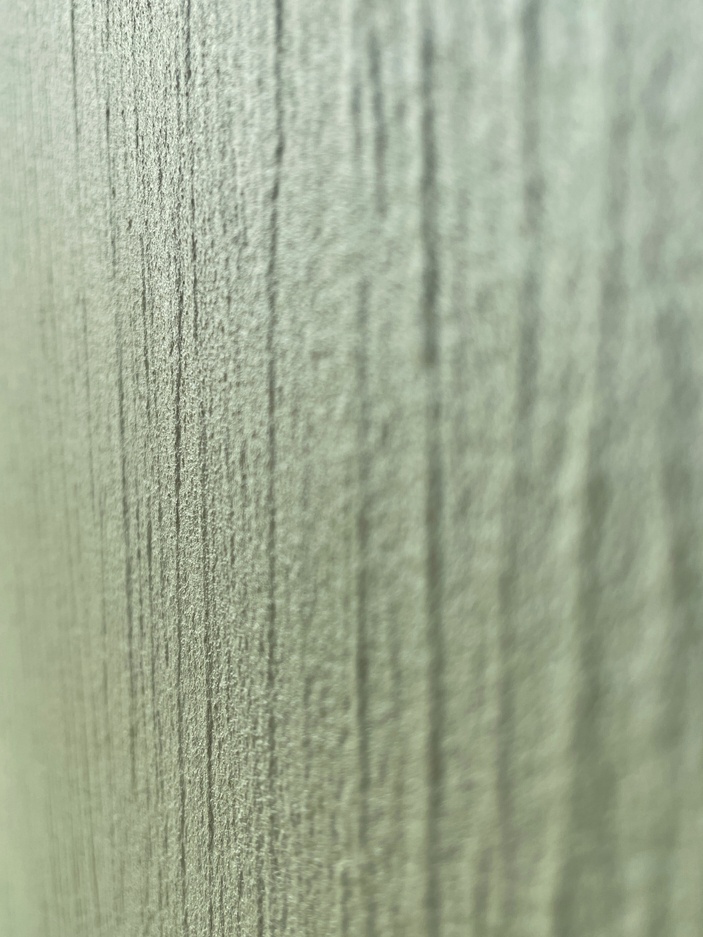
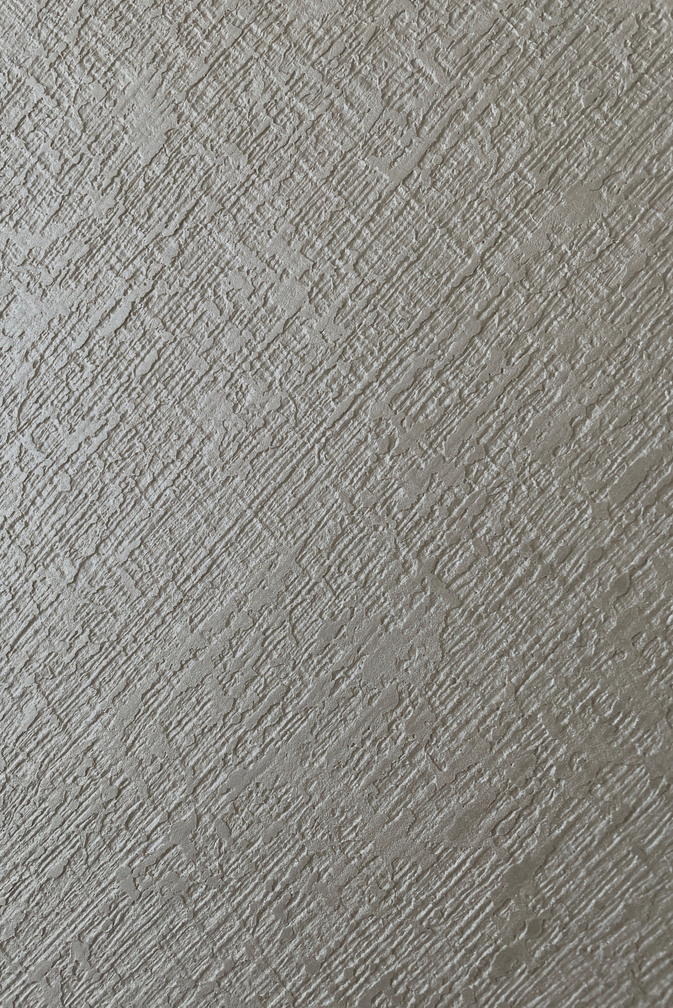
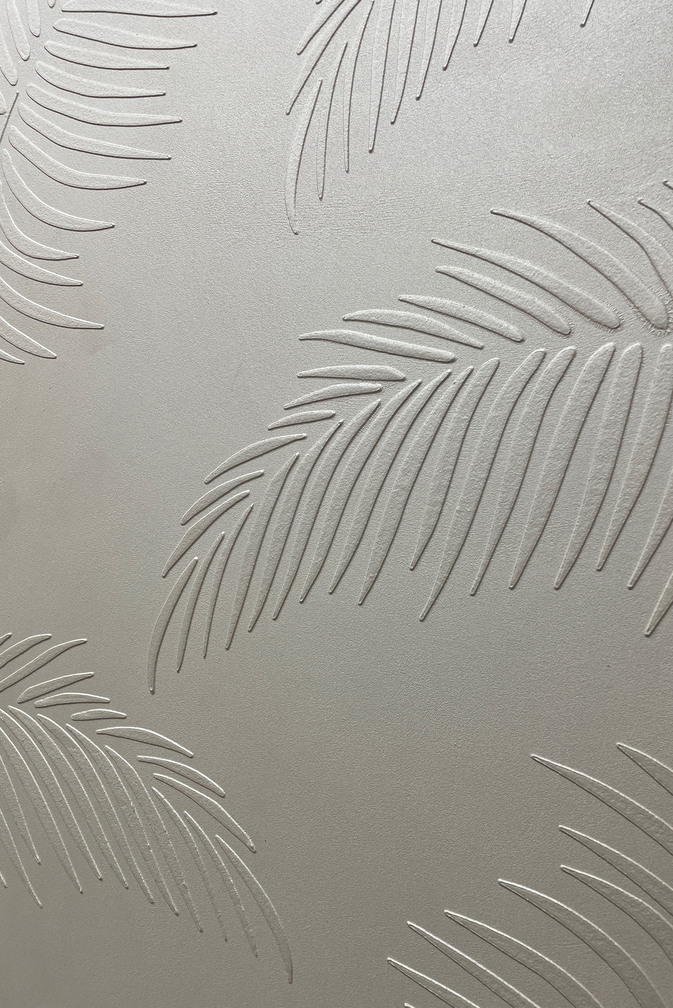
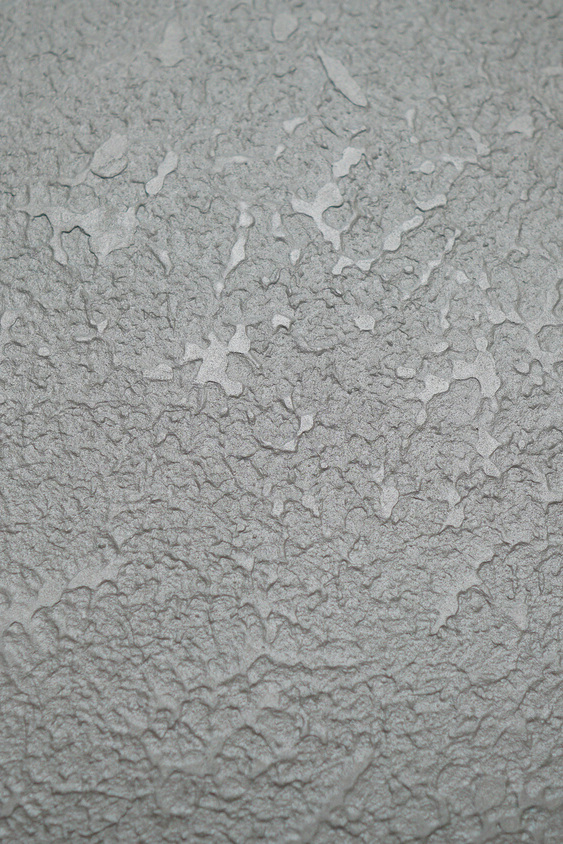
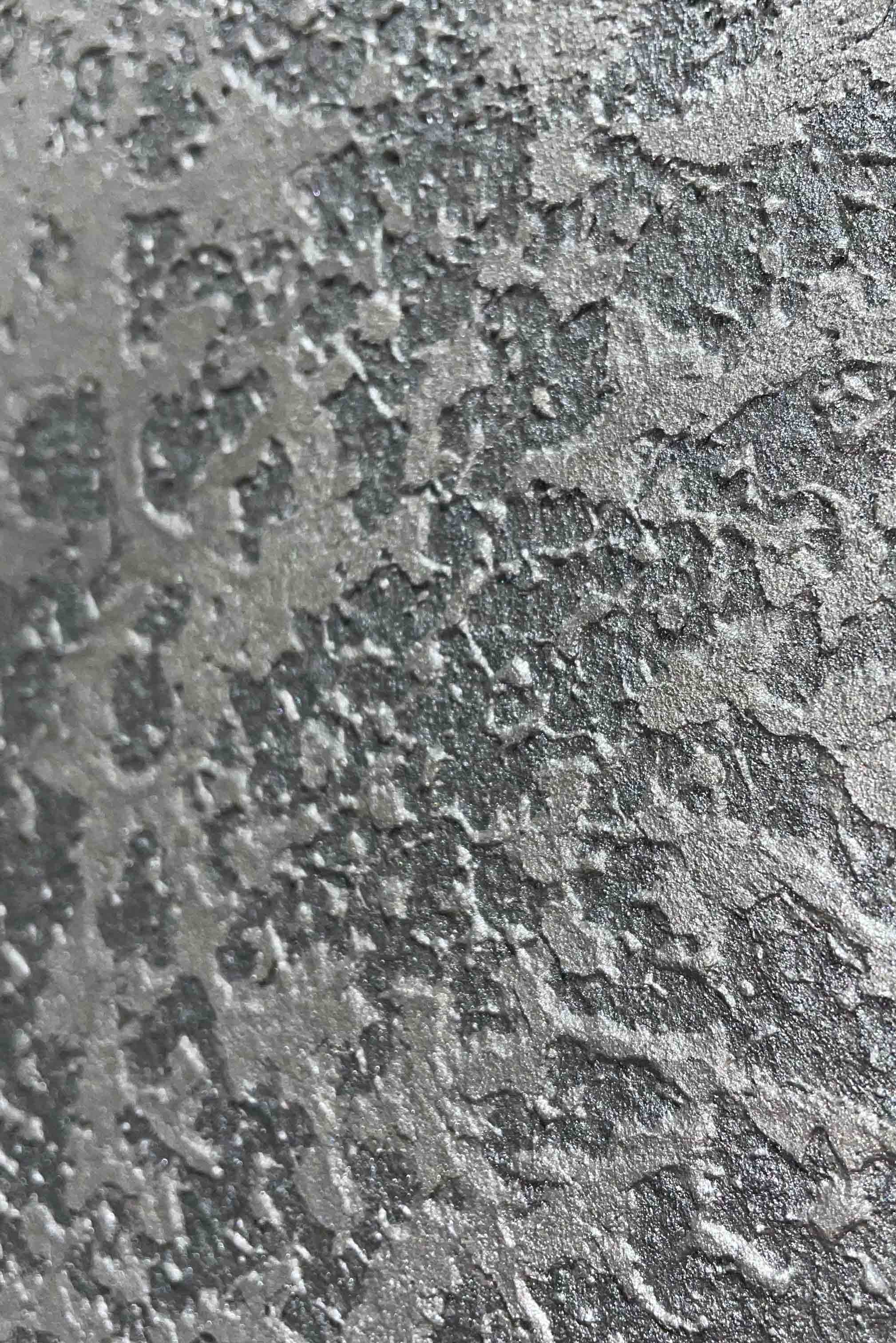

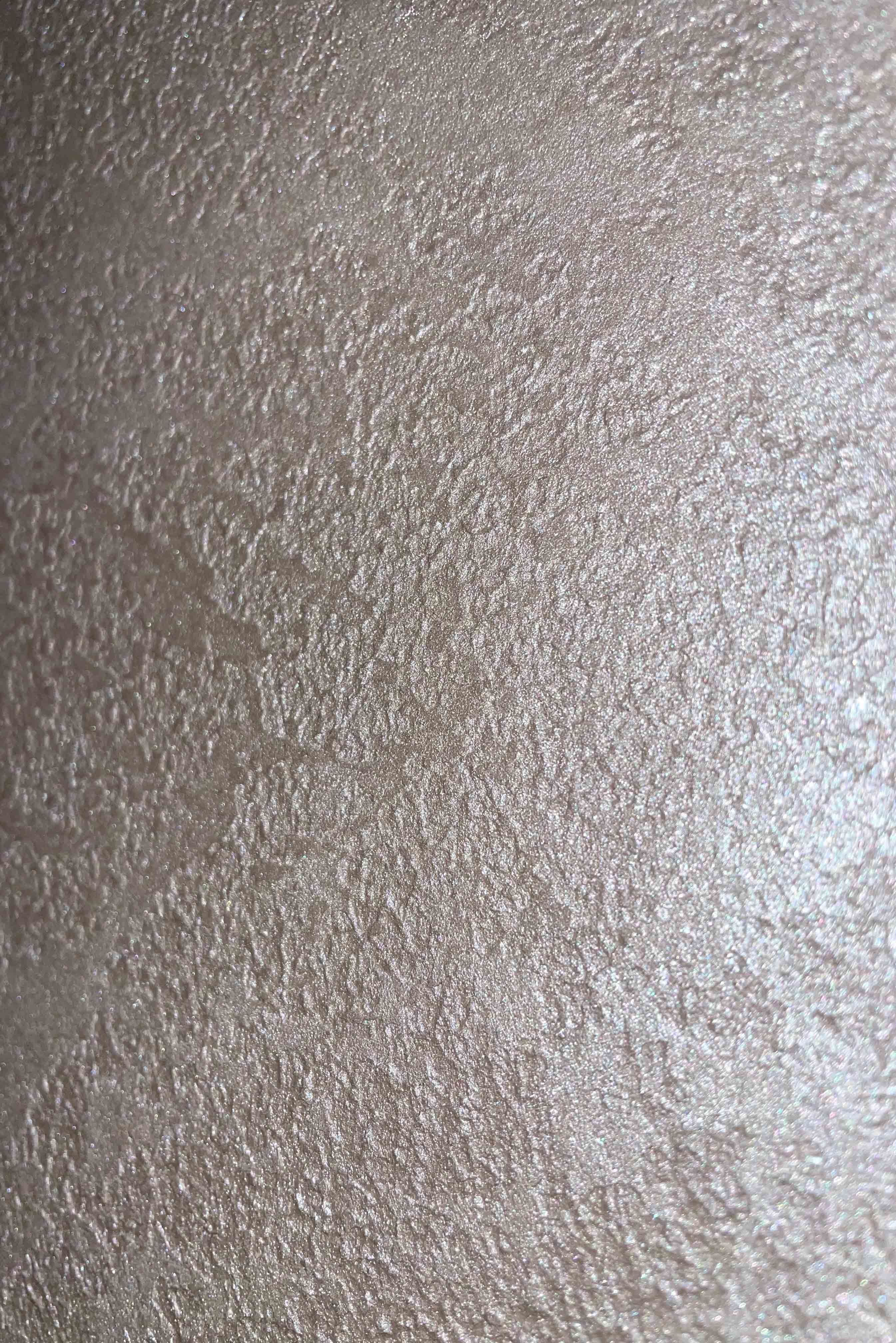

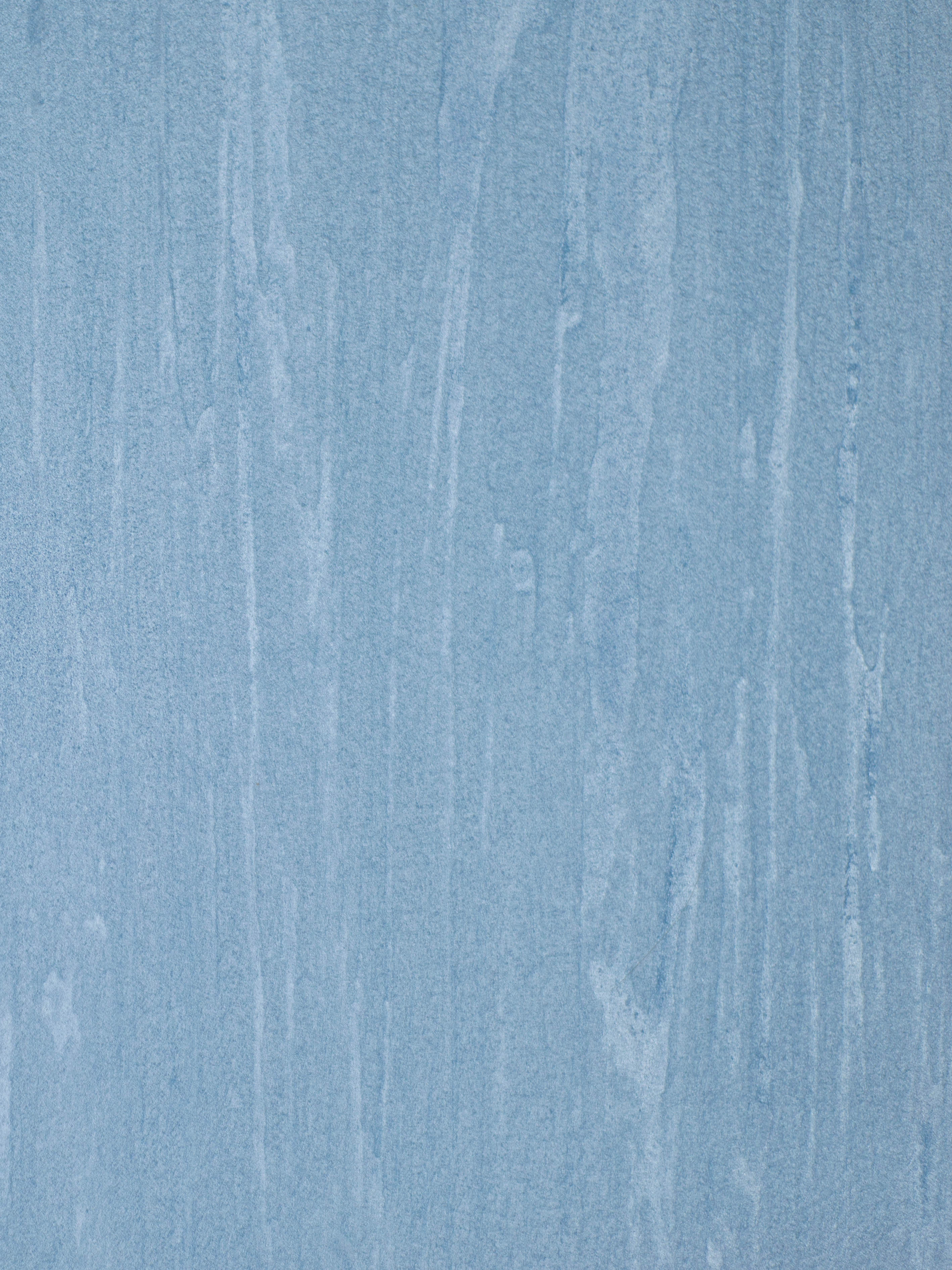
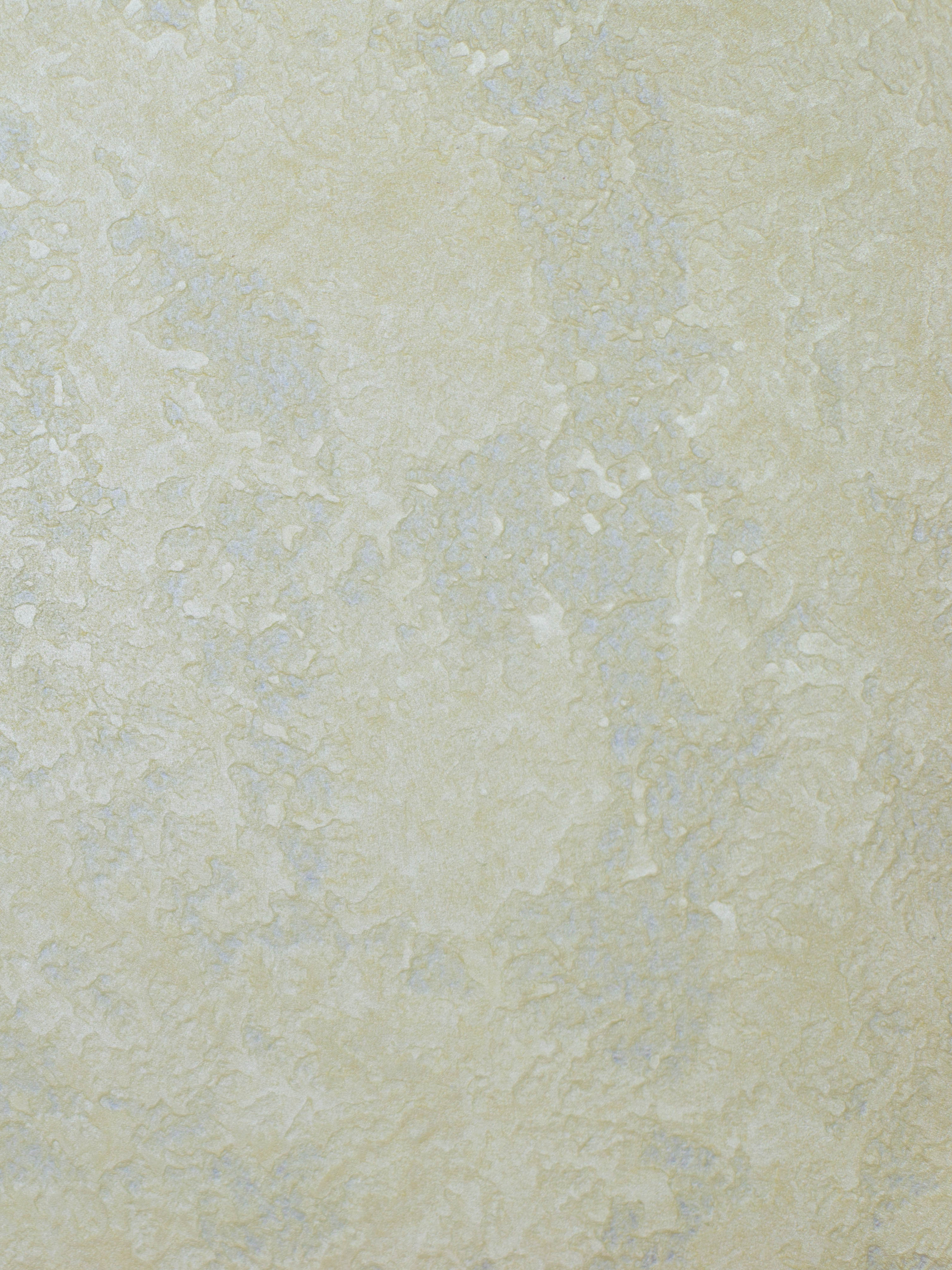

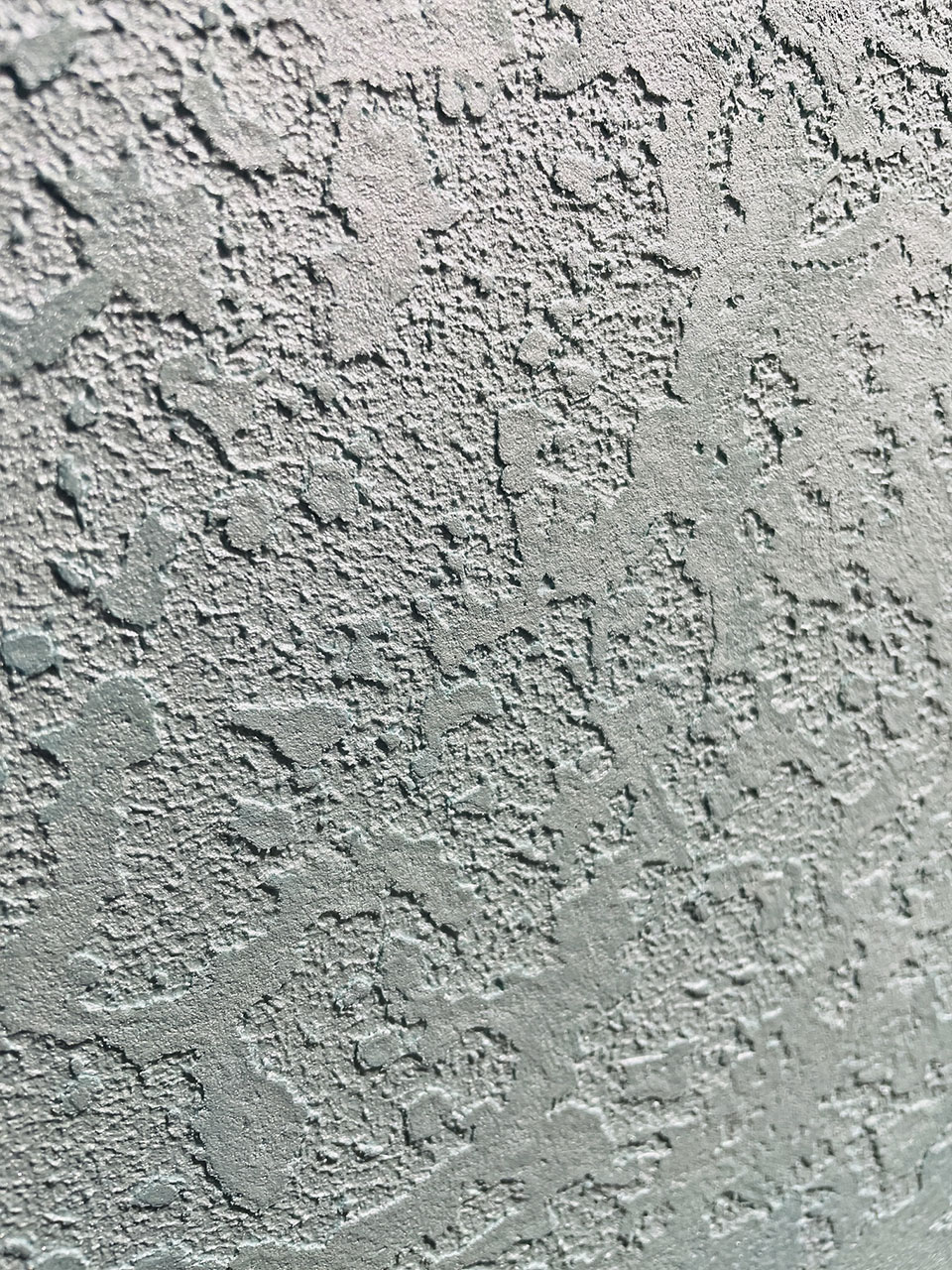
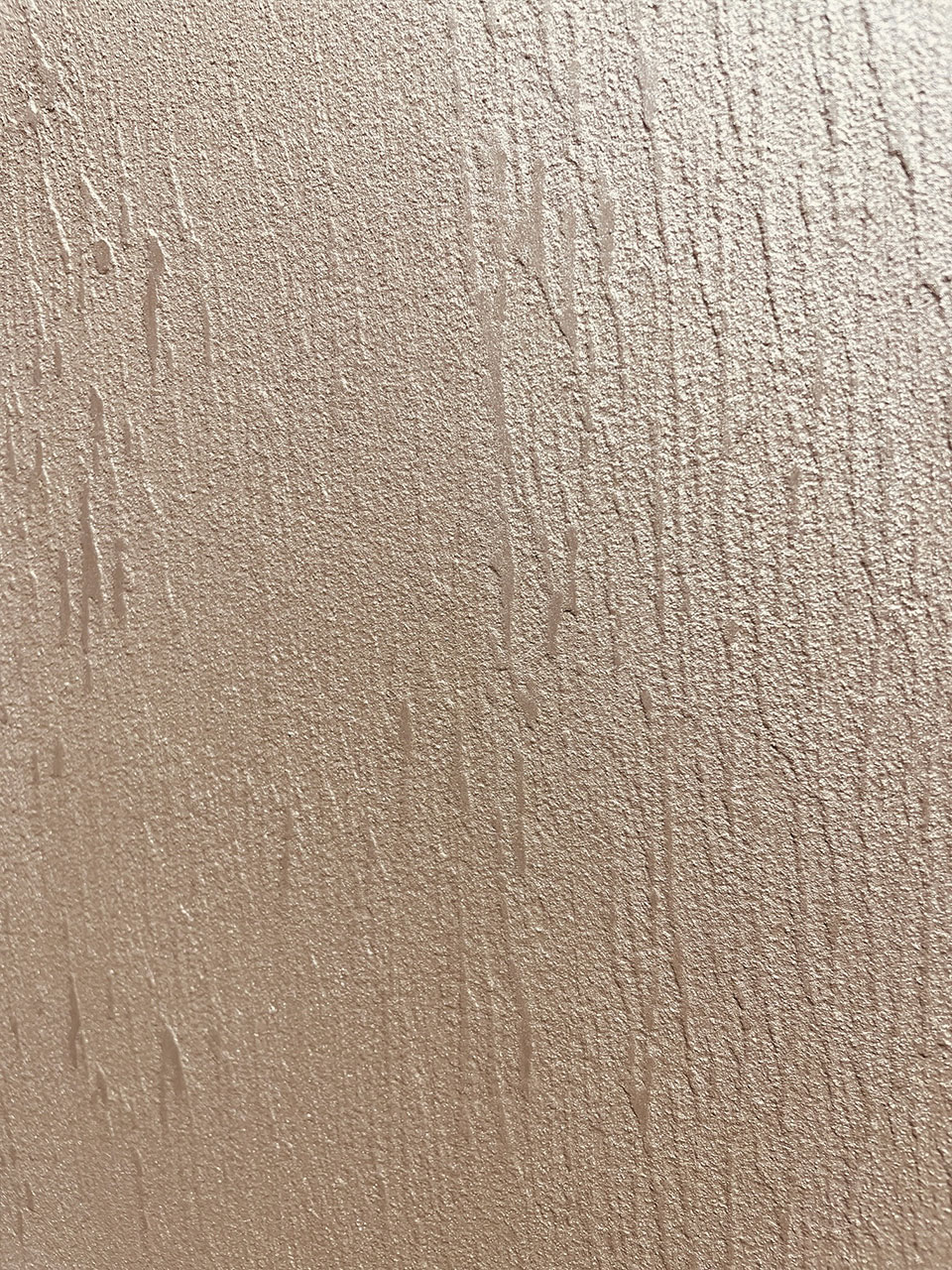
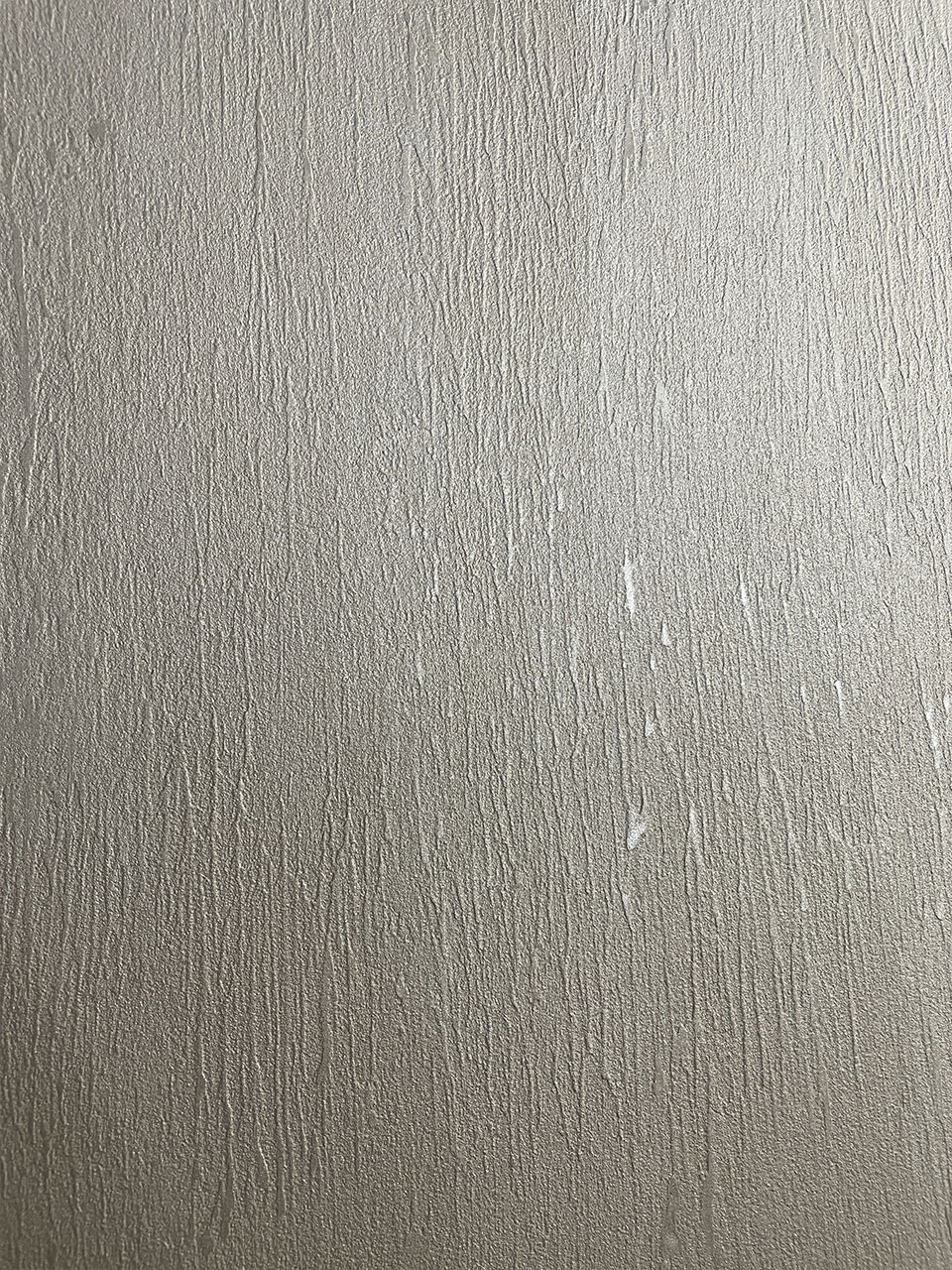
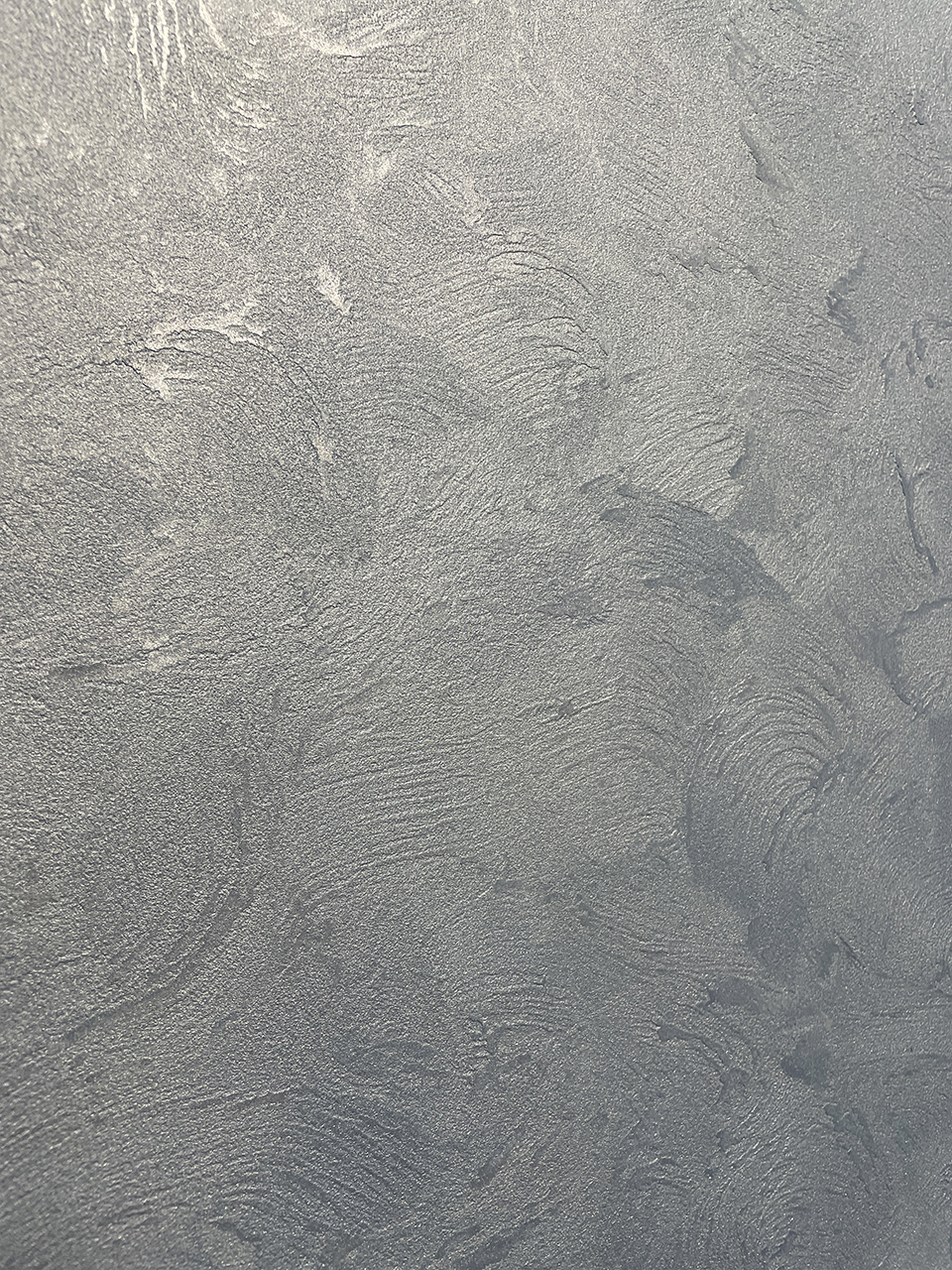
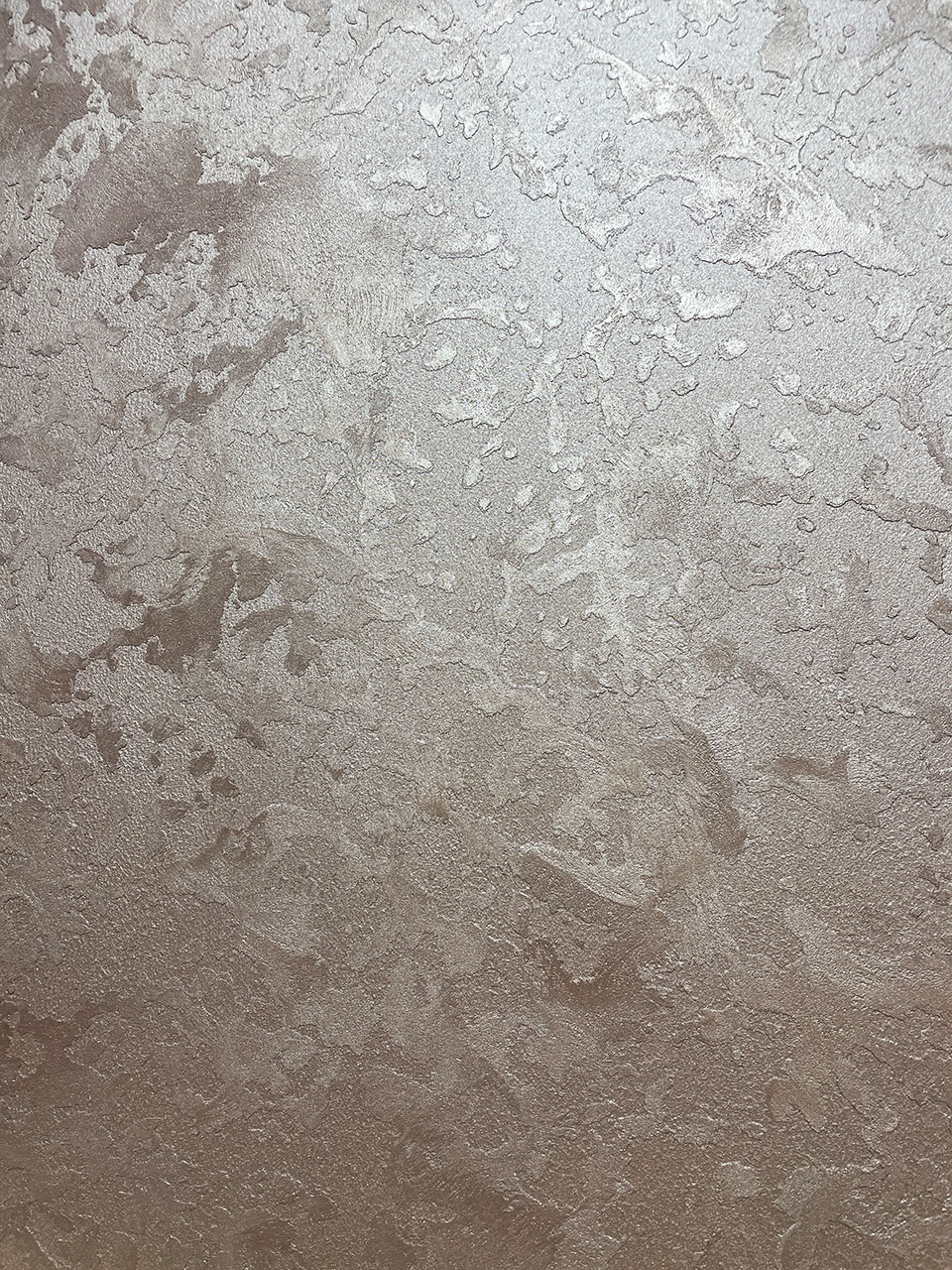
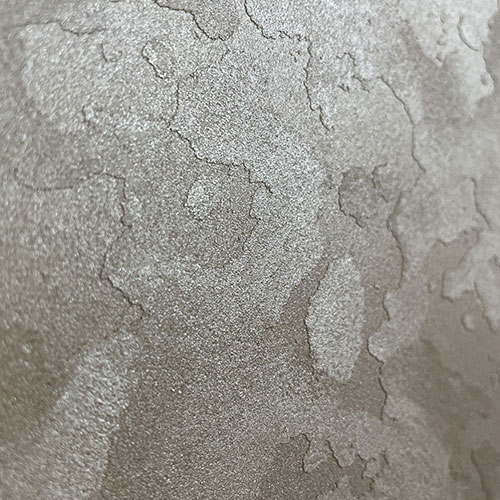

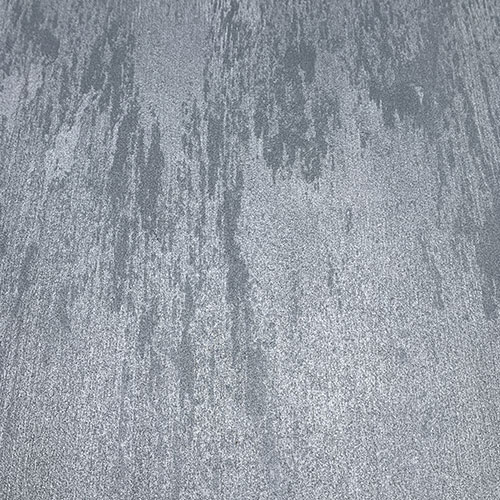
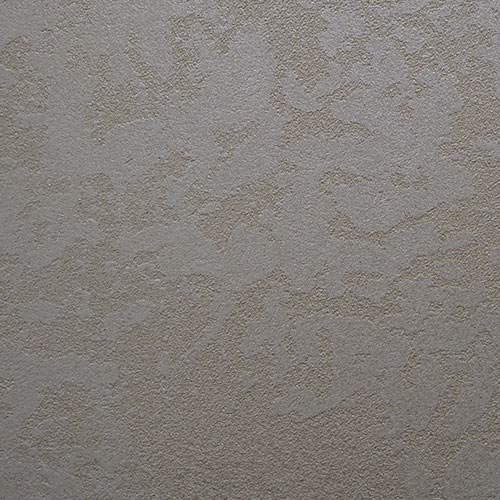
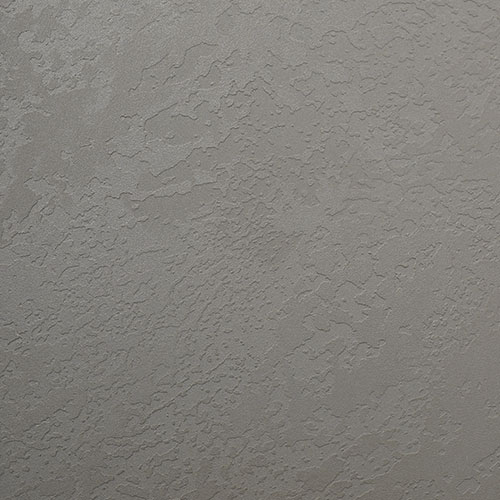
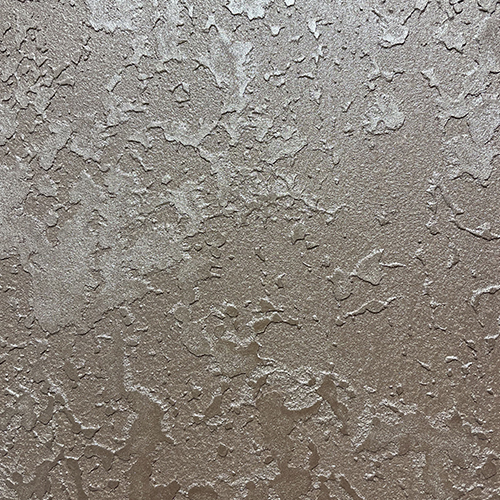
Arabesk (Arabesque) – is a nacre coating, which creates a rough surface with insignificant pits and relief. It provides not only luxury gloss and play of light but also a silky effect, which is accomplished by every design.
In this gallery of textures, we collected various textures, colors and shades of Arabesk. Here you will find Arabesk, which was applied with circle movements, in a stencil technique, in a “map of the world” technique, in techniques, which imitate the surface of linen, bagging, bamboo or “after the rain”. There are also combinations of several techniques.
Arabesk (Arabesque) is tinted with a tinting machine according to the NCS color rate or manually by use of pigment Farbex Color or other pigment pastes. The color catalog for waterborne pigment concentrate Farbex Color you can find here.
Arabesk (Arabesque), when applied with circle movements, can resemble either flower petals or frost patterns on the windows. Nevertheless, the result looks always tender.
The result of a stencil technique of application the decorative coating will depend on the stencil. For Arabesk (Arabesque) we recommend to use floral or flower patterns or strokes. Such stencils additionally emphasize the delicacy of the coating and the walls will look luxury and soft.
For the “map of the world” technique, the characteristic features are isles, which are also called mainlands. The technique has its name thanks to such a texture. The most contrasted “map of the world” looks when tinted in cold tones: blue, grey-blue, grey and turquoise.
The technique “linen” or “bagging” are achieved due to the alternation of vertical, horizontal and diagonal lines. In this technique, Arabesk (Arabesque) resembles the cloth, especially if you use the coating in basic color without pigment.
“After the rain” or “bamboo” is one of the classic options of Arabesk (Arabesque) application. The design looks like sparkling vertical streams are moving down the surface. That’s why this effect can resemble the rain or a bamboo forest.
